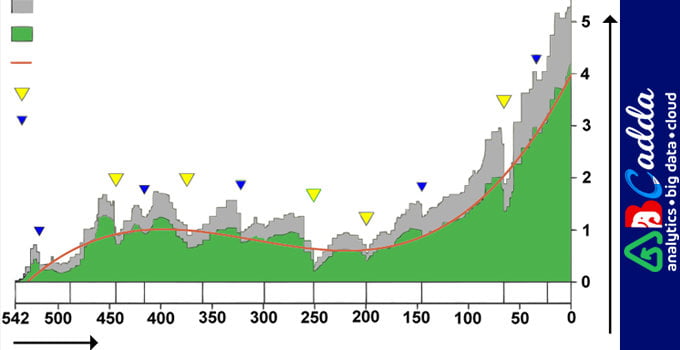Does ILM or Information Life Management refer to the creation and management of a particular infrastructure along with the data that?s maintained within.
Every information and data in a storage network has a lifecycle. This lifecycle starts from the time particular information or data enters the system of an organization to the time it?s removed from that very system.?
A very finite lifecycle is included where the data is eventually removed from any kind of a storage network. This is done when the information becomes useless or isn?t needed anymore.?
MANAGEMENT OF THE INFORMATION LIFE CYCLE:? An overview
Management of the information lifecycle is a very specific process that involves the safekeeping of data that?s accessible to users that need the information along with the determination of how the same information is stored.
The same determination is made based on the priority given to the information within an organization.
At every stage in the lifecycle, the management infrastructure needs to determine the best kinds of software, storage medium along with hardware for management of information at every stage.?
All these factors usually differ at every step of the information lifecycle.
With that said, let’s move on to the centre of our topic – stages of information life cycle.
Stages of information life cycle
Stage 1: Capturing the data
Every business captures the data in its own ways. It?s used in deciding what kind of information is to be captured and by what means could the same be accomplished.?
In any kind of business, data enters through data capture. This data is taken from a variety of (usually)trustworthy sources like data entry, reception etc.
Data could enter an organization due to various reasons. This information is used for comparison, predictions etc and is generated by the business that is processed by the Business Intelligence Software.?
Stage 2: Data Preservation
After data is captured, it?s preservation is equally important, and that too diligently.?
However, with the data present in bulk, it needs to be stored in different places for processing and publishing.
This means that data needs to be categorized into different sections for easy access. It is very important to decide where and how the data is being preserved as access and time taken to access the same is determined by this exact process.
Once the data is stored, it could be grouped. However, it needs to be secured.
Data security is one of the most important things that are considered from this stage as security and privacy are two important elements for businesses of all kinds to remain credible and reliable.?
Stage 3: Publishing Data
As soon as the information is collected and categorized, it is purchased used for publishing for reports to management and the public.
Businesses usually publish their information to their stakeholders. However, it is also published to employees, investors and vendors as well. This promotes transparency.
Factors like business stability, internal and external communication along with other details are also published on a variety of mediums for reaching the targeted audience.
A lot of tools are also used by businesses for publishing and reporting the information.?
Along with all this, data sharing is another part of publishing as that’s the main aim of a business.?
Stage 4: Archiving Data
Another very important aspect of information lifecycle is data archiving.
Archiving happens when data subsets are created. Within this data, every set of information is represented by its subset.?
Archiving this data means that it’s not immediately used separately from the active data.
This very process makes gives more space to the active data directory and publishing information happens faster than ever.?
But, HOW?
When an abundance of information is dealt with by businesses, storage and processing become expensive which in turn slows down data processing and publishing.?
To prevent things like these from happening, data is frequently archived after checking.
The whole process of data archiving makes data storage and retrieval very efficient and easy.
Stage 5: Purging the data
After all the stages completed with the data, the final one is to check and remove the obsolete data.
Usually, classified information is immediately removed from the main data storage and stored in a different environment altogether.
However, with the rest of the data being obsolete, it becomes an overhead to data storage and hence, it’s carefully sorted out and removed from time to time from the data server.
The process of data purging may take months or even years, depending on the usage of the data.
At times, a part of old information is combined and stored and the base information is removed for the sake of saving space.?
This consolidated information is then used wherever necessary.?
CONCLUSION
Data usually goes through a lot of changes during its lifecycle in every kind of business.?
Phases might be different, but the fundamental processes are the same.?
And even though these stages might be different, it?s worth noticing that Information Lifecycle is important for a business to make the most out of the information that it captures.
